LOCATION: Kererū (kūkupa, kūkū, New Zealand Pigeon, Hemiphaga novaeseelandiae), are large arboreal pigeons native to New Zealand. They can be found on the North, South and Stewart Islands and many forested offshore islands. The Parea chathamensis is found on the Chatham Islands. (Kereru Discovery)
BEHAVIOUR: Kererū are important seed dispersers and help ensure the survival of many native trees, karaka in particular as the berries are a favourite food of the kererū. Since the extinction of the moa, the kererū and parea are now the only bird species that are big enough to swallow large fruit, such as those of karaka, miro, tawa and taraire, and disperse the seed over long distances. The kernels are not digested and are returned to the ground in bird droppings, which in turn become trees. Kererū are known as the gardeners of the sky, as they are the only birds capable of distributing the large seeds of trees such as karaka. The disappearance of these birds could be a disaster for the regeneration of our native forests. (DOC)
THREATS: The most serious threat to the kererū comes from predators. Recent studies in several parts of the country have found that many nests produce no chicks at all. Rats, stoats, cats and possums eat their eggs and young; stoats and cats will also attack and kill adult kererū. (DOC)
CULTURE: The kererū was traditionally hunted for its meat and feathers, however, hunting of the bird is now illegal.
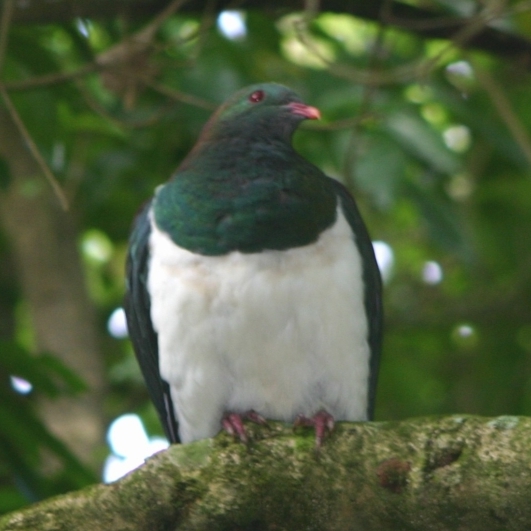 Source: Mike Lusk
Source: Mike Lusk Five times winner of the prestigious international green space award.
Five times winner of the prestigious international green space award.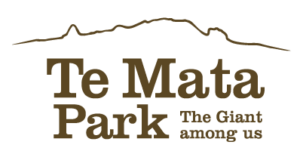
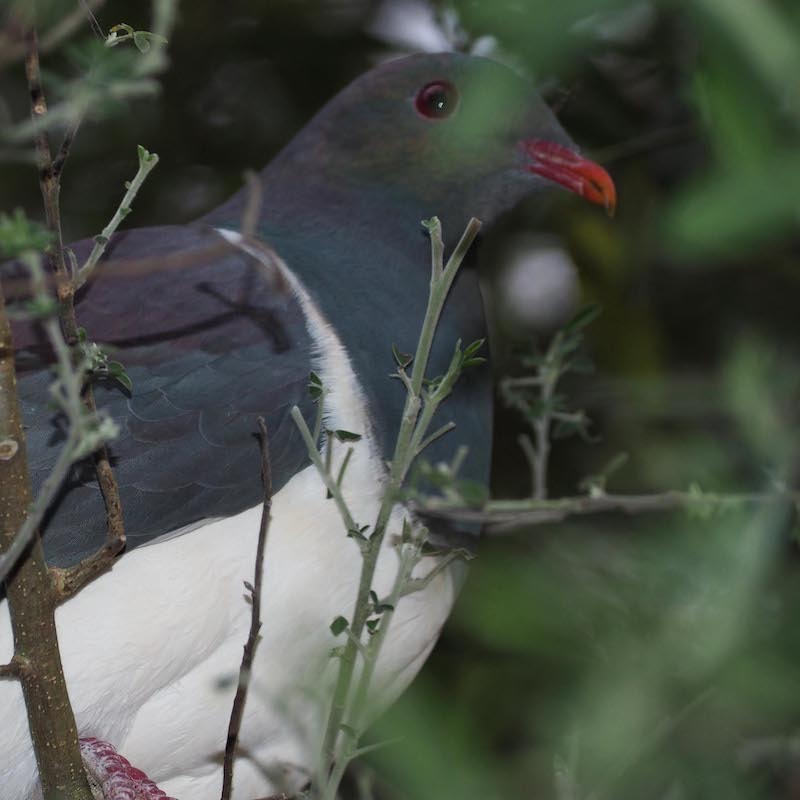
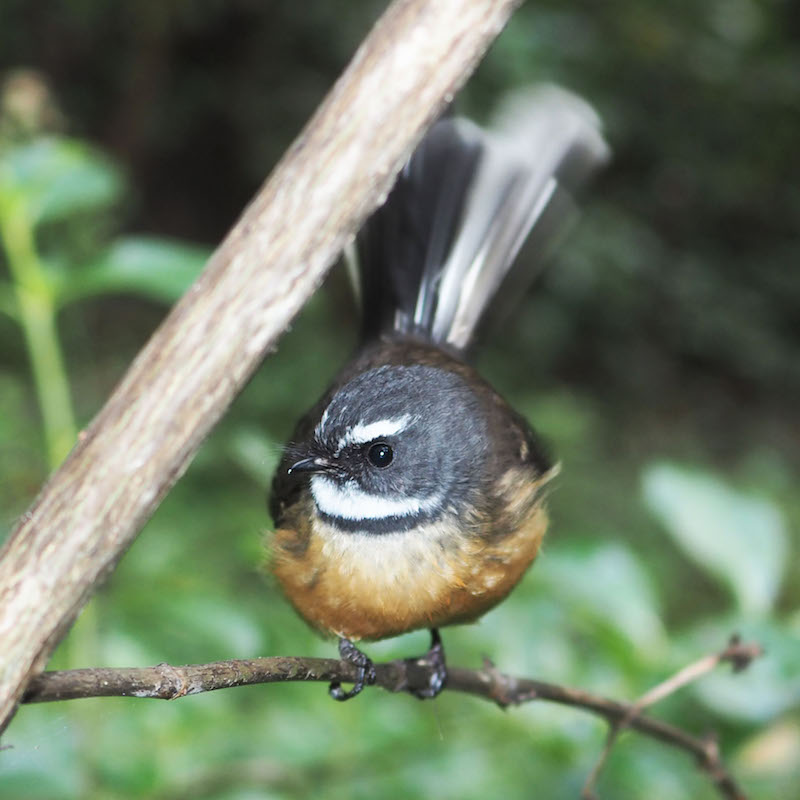 Source: Mike Lusk
Source: Mike Lusk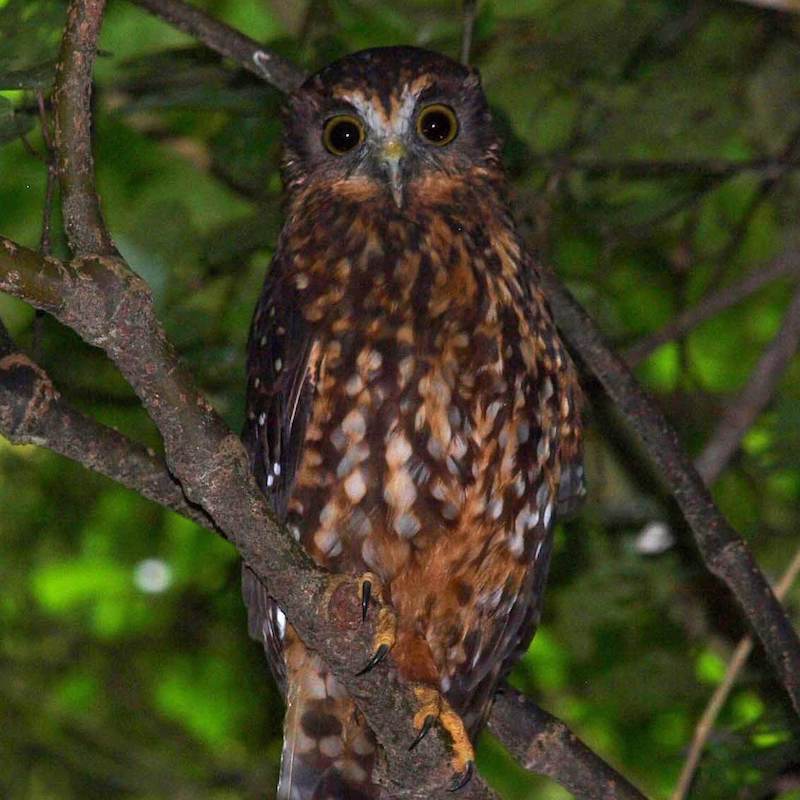 Source: Mike Lusk
Source: Mike Lusk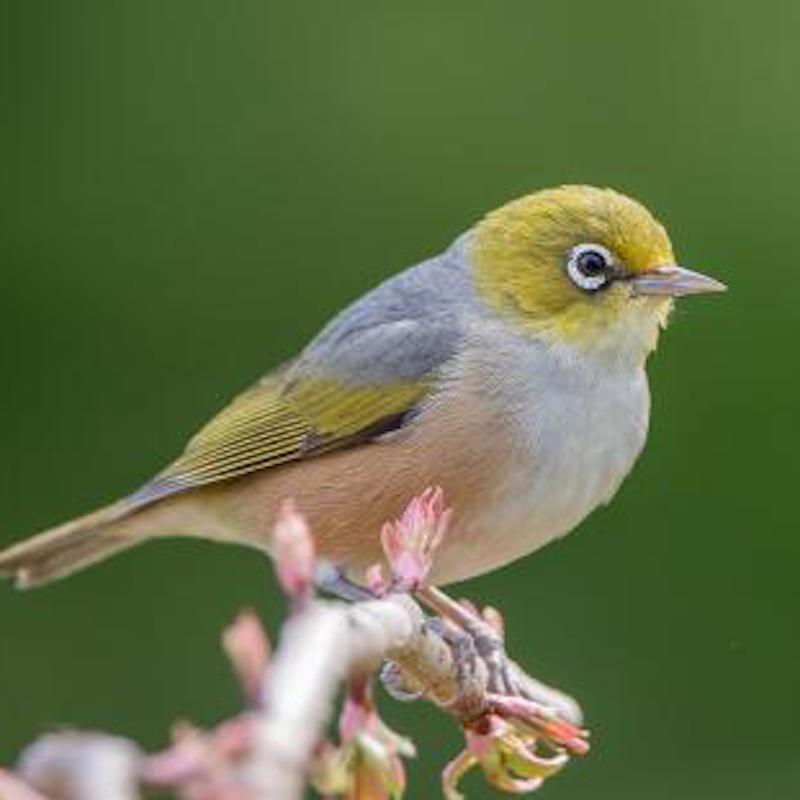 Source: Tony Whitehead, NZ Birdsonline
Source: Tony Whitehead, NZ Birdsonline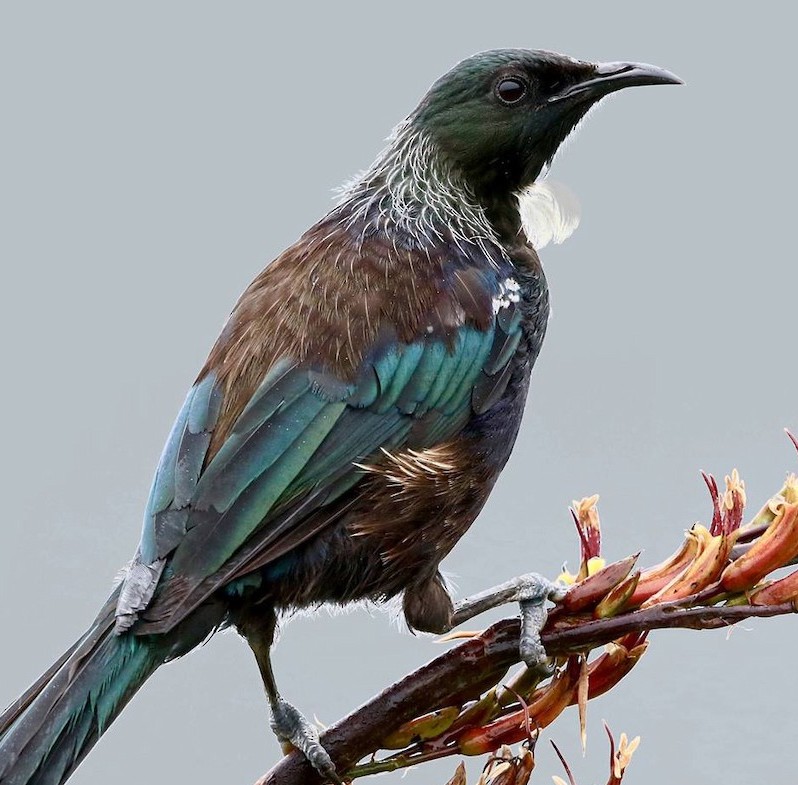


 Source: Mike Lusk
Source: Mike Lusk